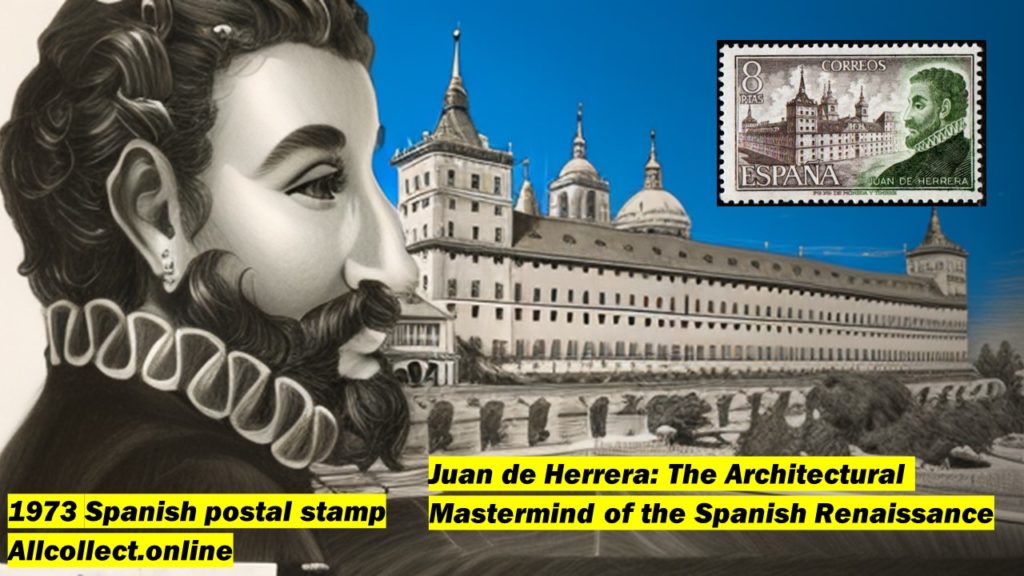Juan de Herrera (1530-1597) stands as a central figure of the Spanish Renaissance, renowned for his unique architectural style that shaped the nation’s architecture during the latter half of the 16th century. As a gifted architect, mathematician, and geometrician, Herrera’s influence extended far beyond the confines of traditional design.
Perhaps the most famous testament to Herrera’s architectural genius is the El Escorial monastery, nestled near Madrid. Originally begun by architect Juan Bautista de Toledo, it was upon his death that Herrera took up the mantle, steering the project to its grand completion. This monumental structure, with its stark simplicity and geometric precision, became emblematic of the Herrerian style.
The Herrerian style, named in Herrera’s honor, is characterized by its austere and unembellished appearance. It eschews the ornate flourishes of its Gothic and Baroque contemporaries, opting instead for strict geometric designs underscored by horizontal and vertical lines. This emphasis on symmetry and balance pervades Herrerian structures, from their harmonious facades to their meticulously planned layouts. Brick and bare stone dominate, reflecting a conscious theme of austerity, while steep slate roofs and distinctive square towers offer a visual departure from the architectural norms of the era.
But the rise and dominance of the Herrerian style wasn’t merely a result of Herrera’s individual brilliance. It was closely intertwined with the ambitions of King Philip II of Spain. King Philip, a staunch advocate of the Counter-Reformation, saw in the Herrerian style an architectural manifestation of its ideals. For him, its emphasis on purity, clarity, and order stood in stark contrast to the ornate designs of the past, echoing the Catholic Church’s renewed vigor in the face of Protestant challenges.
Under King Philip’s patronage, the Herrerian style became the official architectural language of Spain, symbolizing not just religious devotion but also the might of the Spanish monarchy. Its influence was so profound that it left its mark on many religious buildings across Spain and even on colonial architecture in the Americas, testament to Spain’s vast overseas territories during King Philip’s reign.
In essence, the collaboration between Juan de Herrera’s architectural vision and King Philip II’s imperial and religious aspirations birthed a style that resonated deeply with the values of the era. Together, they created not just buildings, but powerful symbols of a nation’s identity during a pivotal period in its history.

